I found this lad on my garage floor, possibly the victim of a cat. Could you identify which family of bat it is?
Jim Waldron, Co Roscommon
This is the brown long-eared bat whose enormous ears are about three quarters the length of the head and body combined. It emerges about 30 minutes after sunset to hunt for insects that it can scoop up in mid-air using the tail membrane. It can glean animals from the surfaces of foliage too and so its prey can include spiders, beetles and earwigs as well as moths. The cat had no business killing it.
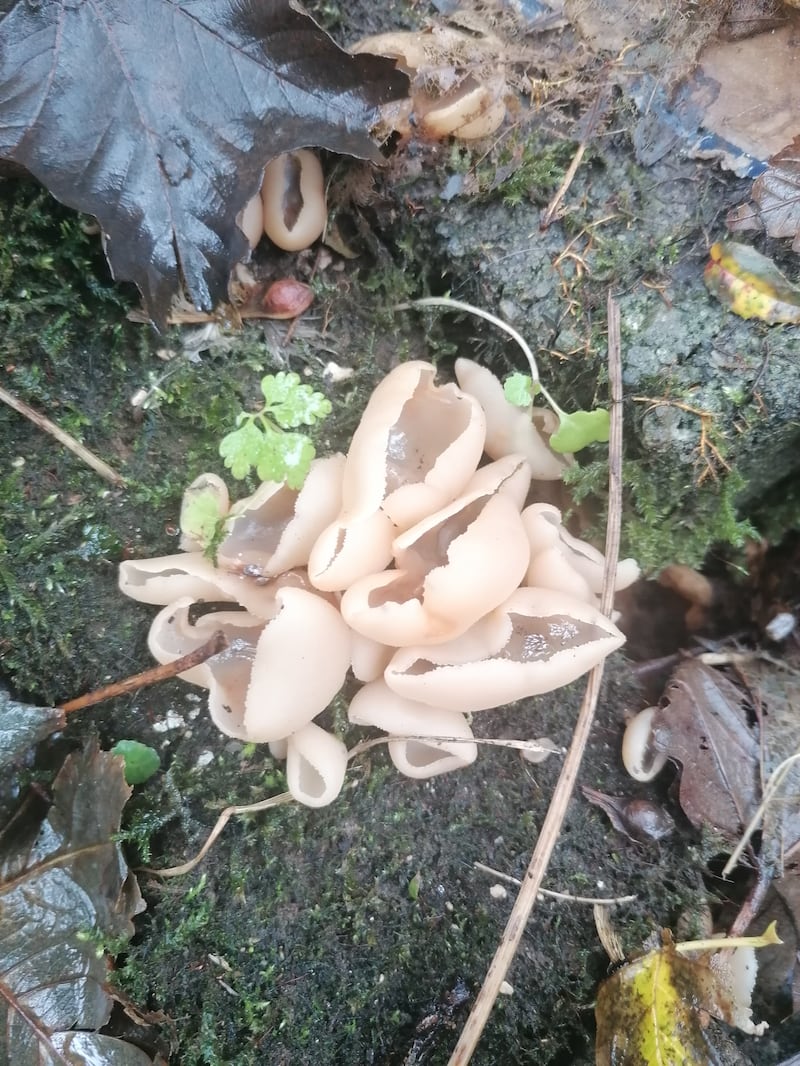
I found this growing on a moss-covered rock in Connemara. I think it is a Blistered cup fungus, correct me if I am wrong.
READ MORE
Paul Dunne, Lettermore, Co Galway
You are right about it being a cup fungus. These type of fungi belong to the Discomycetes, a group with many different families – some of which, like this one, produce cup-shaped fruiting bodies. This one is a Peziza species, but not Peziza vesiculosa, the Blistered cup fungus you suggest. It lacks the warty outer surface of that species and is more likely to be P varia – the Layered cup fungus. It needs to be cut open and examined with a hand lens to confirm the presence of the layers.
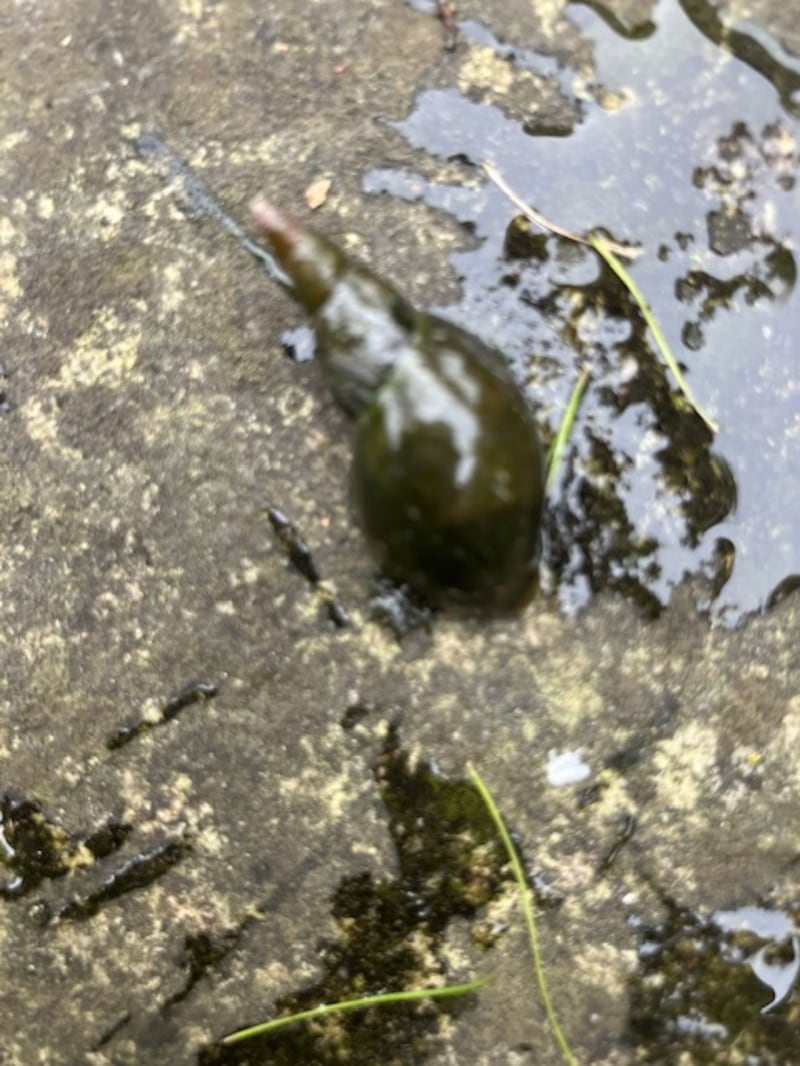
I have a tiny pond 49cms in diameter in which there is little evidence of wildlife, except for these tiny snails. What are they called and what do they feed on?
Marion Walsh, Dublin
Even the tiniest of ponds provide a different habitat and so increase the biodiversity of species in a garden. This is a small Great Pond Snail, Lymnaea stagnalis, which has a spire shape twice as long as it is wide. They are herbivores and feed on algae and indeed plants too if your pond has any.
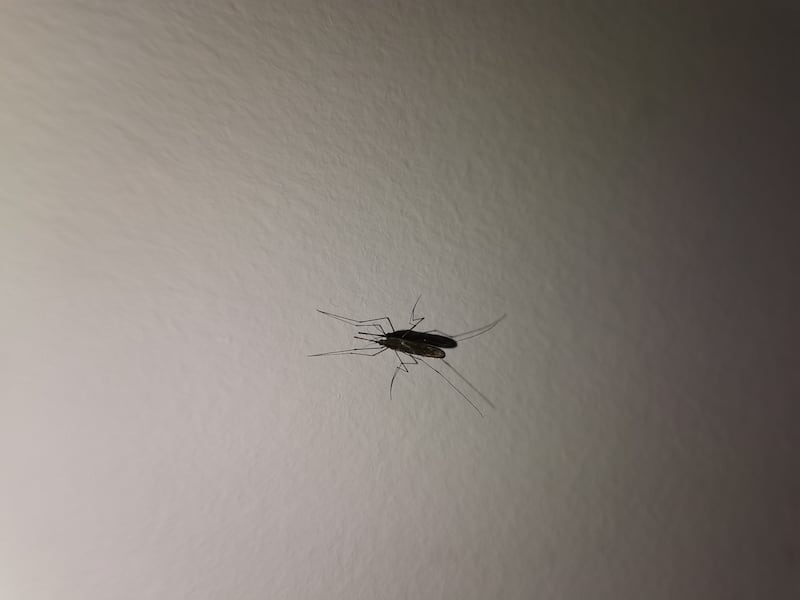
I have a lot of these bugs in my bedroom every night and the odd one around the house during the day. I have had some bites and am blaming them. My husband is nifty with the fly swatter, so the bedroom walls are covered in dead bodies. My house is in a large garden with lots of trees.
Mary Whelan, Co Galway
You sent in this query in October, so you are hardly bothered any more by them now. These were mosquitoes, the females of which need a feed of blood so that they can lay their eggs. We have up to 20 different species in Ireland but none of them carry malaria or any other nasty diseases. They overwinter as eggs, the cold kills off the biting adults.
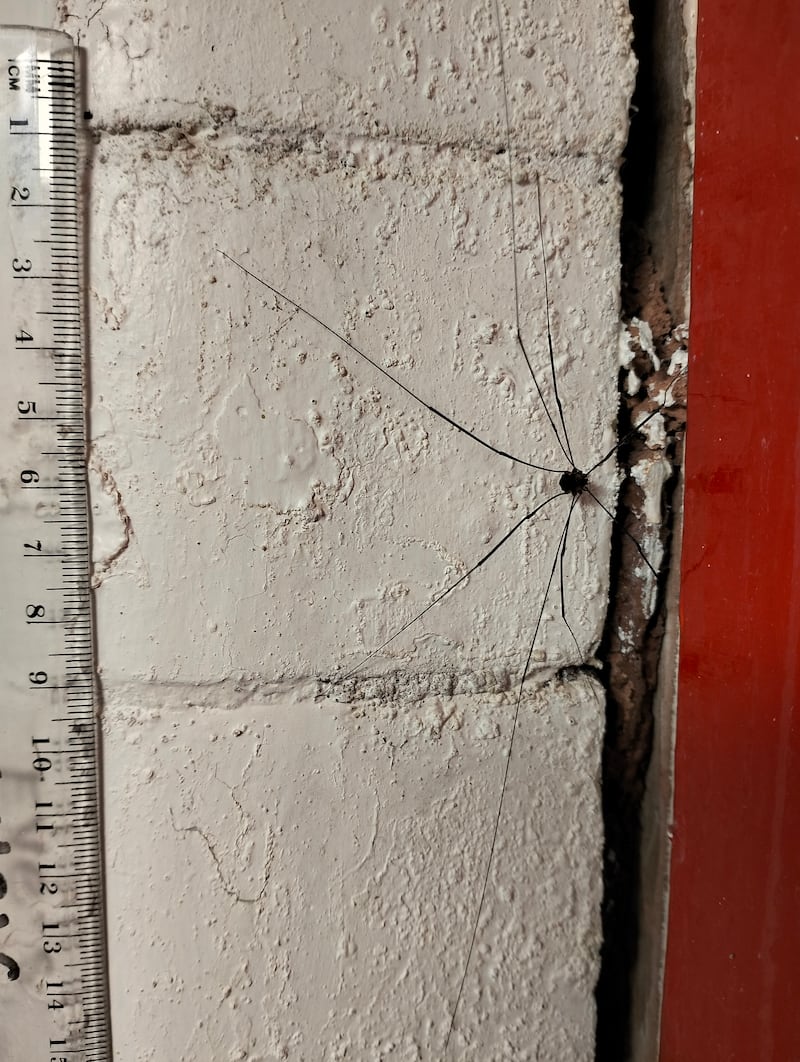
Could you help in identifying this spider? I know it is a harvest spider but it is the largest I have seen, with a leg span of 17cms, does it break any records?
Eve Parnell, Dublin
Harvestmen belong to the order Opiliones that, while in the class Arachnids, are not true spiders. They have neither venom nor fangs but kill their tiny insect prey by shooting glue at them. The second pair of legs is always the longest and these function as antennae. Yours has legs about 8cm long, each leg can be in excess of 15cm in Asian species.
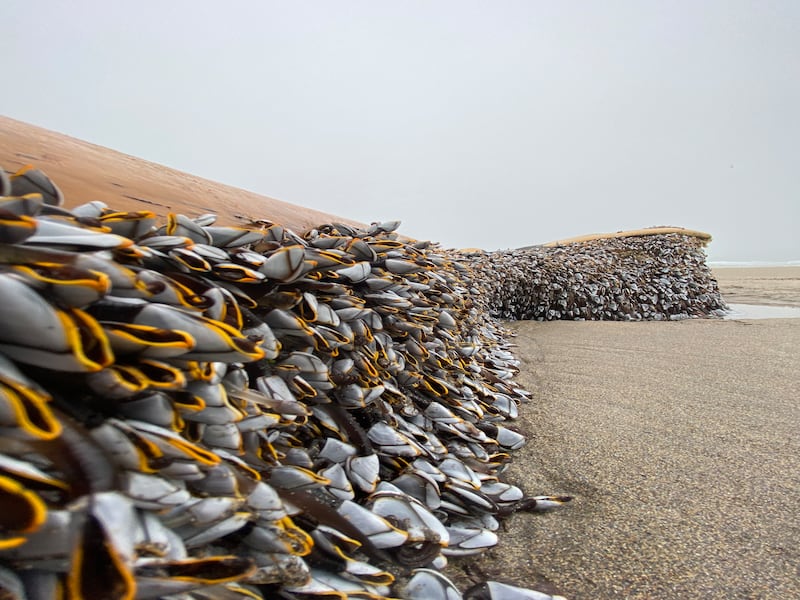
While walking the beach at Ballinskelligs, I came across this driftwood with mussels I have not seen before. Would you be able to identify them?
James Scallon, Dublin
I would. They are not mussels but Goose barnacles, which grow far out at sea attached to floating objects. They are so called because they were once thought to be the young of Barnacle geese.
Please submit your nature query, observation, or photo with a location, via irishtimes.com/eyeonnature













